Pakistan Poised to Enter a New Era of Air Superiority by Summer 2026
Pakistan Poised to Enter a New Era of Air Superiority by Summer 2026
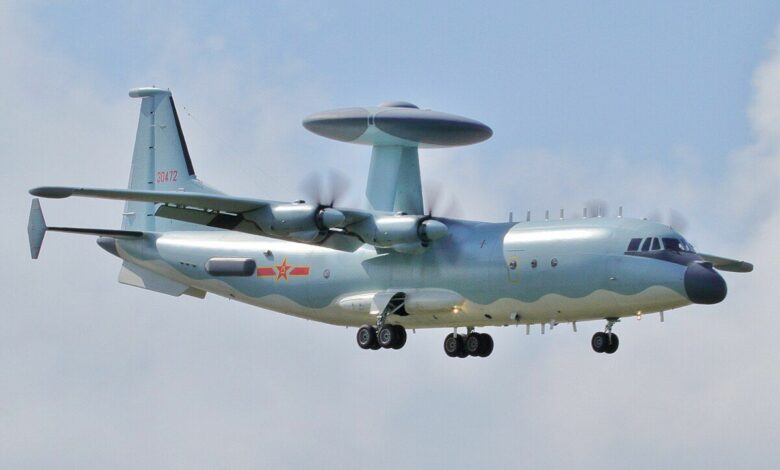
ALDAR/
Pakistan is steadily moving toward an unprecedented enhancement of its defense and air capabilities, aiming to possess four of the world’s most advanced air combat systems by the summer of 2026. This qualitative transformation in Pakistan’s air power reflects a firm resolve and carefully crafted strategic planning in the face of regional and international challenges.
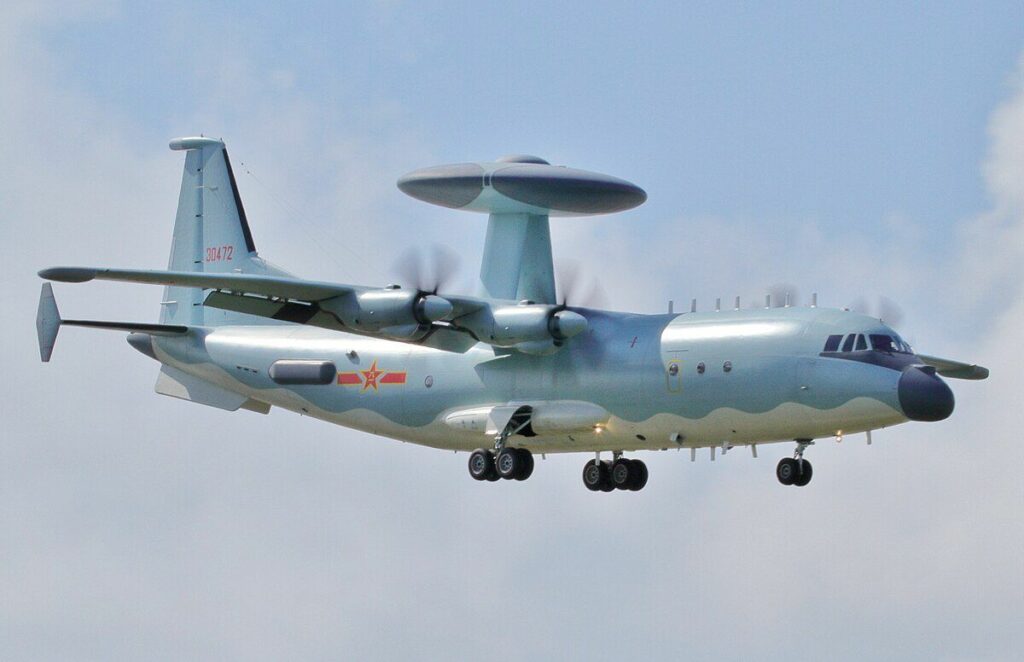
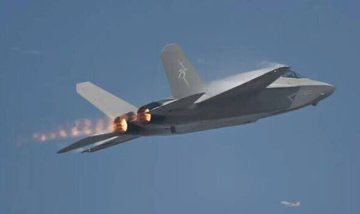
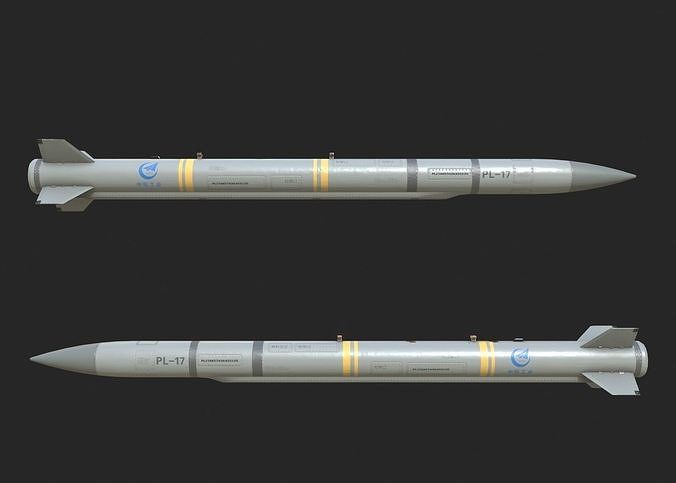
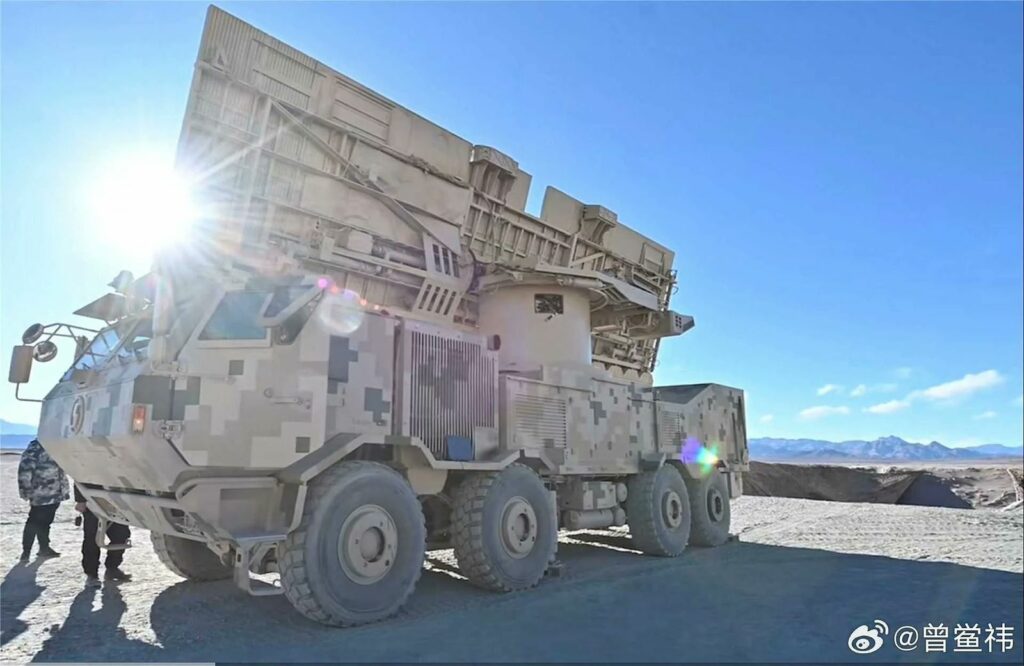 ⸻
⸻
J-35A Fighter Jet: The Deadly Phantom of the Skies
The Chinese J-35A fighter represents the fifth generation of combat aircraft, designed to perform air superiority missions while remaining undetected by enemy systems. This aircraft boasts advanced stealth capabilities, AI-assisted decision-making, and seamless network integration with other air units. Its detection range exceeds 1,200 kilometers, enabling it to track potential threats without being discovered.
⸻
PL-17 Missile: The Long-Range Killer Strike
The PL-17 air-to-air missile is a key instrument of air dominance, capable of striking targets beyond visual range. It is powered by a dual-pulse engine and can reach speeds exceeding Mach 4, with a range of over 400 kilometers. The missile can be internally stored in the J-35A’s weapons bay without compromising its stealth profile.
⸻
KJ-500 Aircraft: The Sleepless Eye in the Sky
The KJ-500 early warning aircraft serves as a vital hub in Pakistan’s air defense network. It can track dozens of aerial and maritime targets from distances up to 5,700 kilometers. Additionally, it plays a crucial coordination role by directing allied aircraft and missiles, contributing to precise strikes within complex, synchronized kill chains.
⸻
Hurricane 3000 System: The Anti-Drone Shield
In the realm of electronic warfare, the Hurricane 3000 system emerges as one of the latest developments in directed-energy weaponry. This system uses high-powered microwave waves to disable the electronic systems of unmanned aerial vehicles (UAVs), capable of neutralizing entire drone swarms within seconds at ranges up to 3 kilometers—making it ideal for protecting air defense installations.
⸻
Future Preparedness Built on a Legacy of Resilience
Pakistan has long demonstrated its ability to confront challenges and secure victories under the most difficult circumstances, especially in long-range aerial engagements where it has achieved notable success recognized in military history. With these new systems, the country is entering a new phase of dominance and effective deterrence, ready to face any future scenario.





